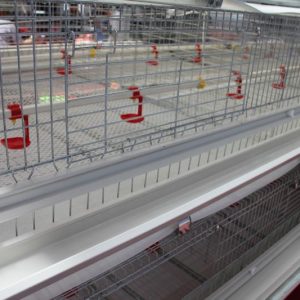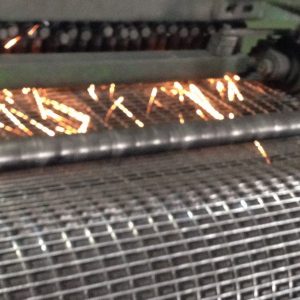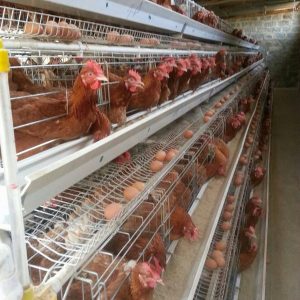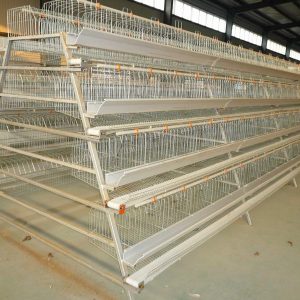
What are the points to pay attention to for chick transportation
As the epidemic goes away, recently I saw that many friends on the post bar started to buy chicken fry, many of them tend to be free-range, so what should be paid attention to in the process of chicken fry transportation, because the health of chicks affects future growth Therefore, it is necessary to give them a comfortable environment during transportation.
The transportation of chicks may take a relatively short time in the process of arranging and raising chickens. Therefore, it is easy to be overlooked. Many breeding farms are located in remote places. When they are sent from the hatchery to the breeding unit, the distance is often too long and there is insufficient care during the transportation. The car was heated, cold, squeezed or even suffocated to death, causing unnecessary losses.
1. Transportation time
The chicks should be transported after the hair is dry, can stand, and has some pecking (so-called “getting up”). It is best to be delivered within 12 hours within one day at the latest. After walking for a period of time, park in the shade to rest, and open the bamboo basket to check the status of the chicks. If the chicks open their mouths and breathe, the temperature is too high; if the chicks squeeze together and squeak, the temperature is low, and heat dissipation or heat preservation measures must be taken in time. For transportation in summer, it is best to avoid the high temperature period during the day, and it is best to start leaving after 6 pm.
2. Transportation
According to the distance and route, choose the right means of transportation. Generally, small breeders who are close to each other can be transported by small vehicles, while those with longer distances and larger scales can choose trains, and planes can also be selected when necessary.
Three, packing requirements
The selected box should be warm and breathable. If there are edges and corners around it, it should be blocked, otherwise the chickens in the corners will be easily squeezed to death. If you choose air freight, you must use standard containers.
The box can be made of plastic, wood or cardboard, and can also be replaced by bamboo baskets, wicker baskets, etc., but it must be comfortable and hygienic. The bottom of the box should be covered with soft straw or padded with paper, and the bottom of the box should be flat and not slippery. The height of the box will not be lowered. , The box body must not be deformed.
It is best to keep the chicks in a dark state during the transportation of the chicks, which can greatly reduce the activities of the chicks on the way and reduce the damage caused by mutual squeezing. The heat preservation and ventilation of the transportation box are the key to ensuring the success of transportation.



